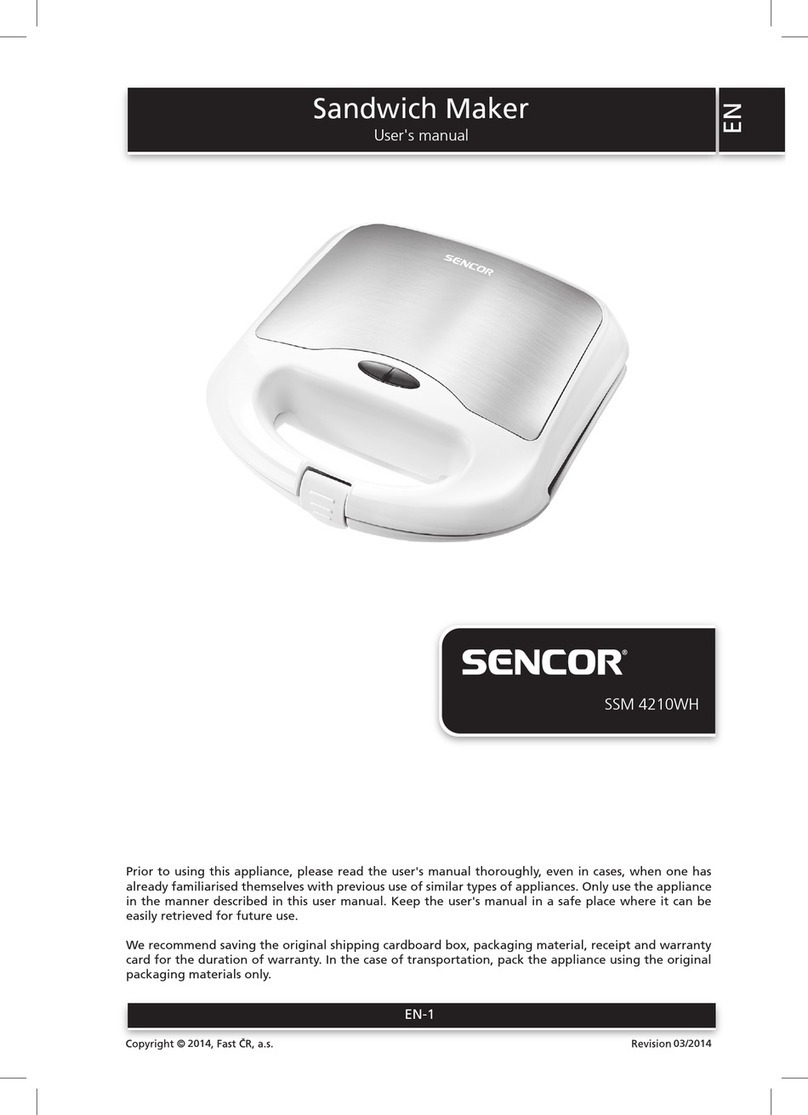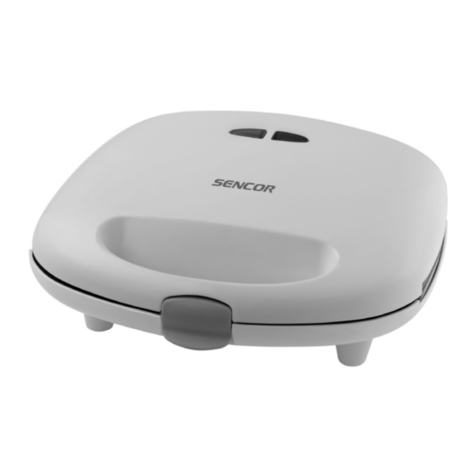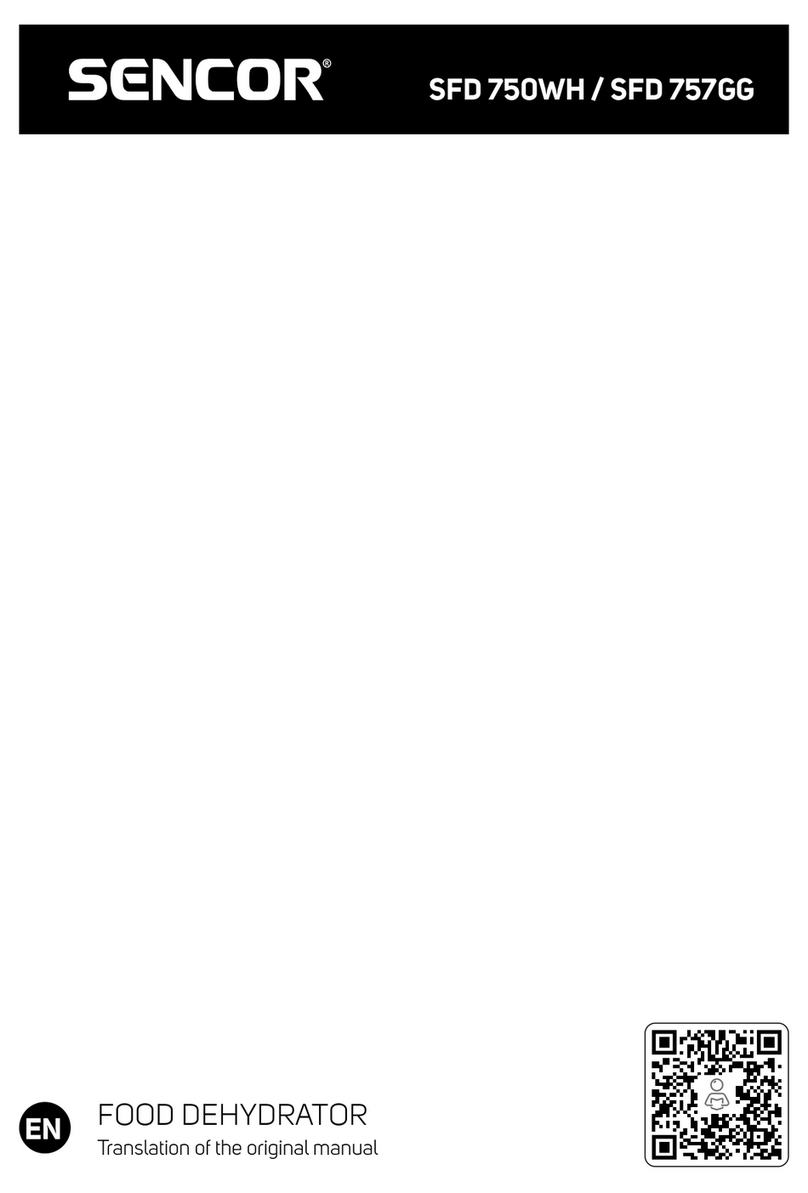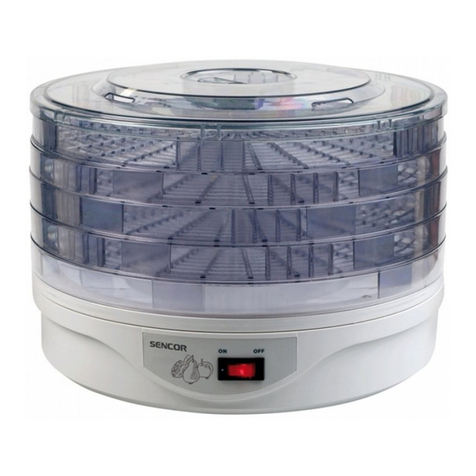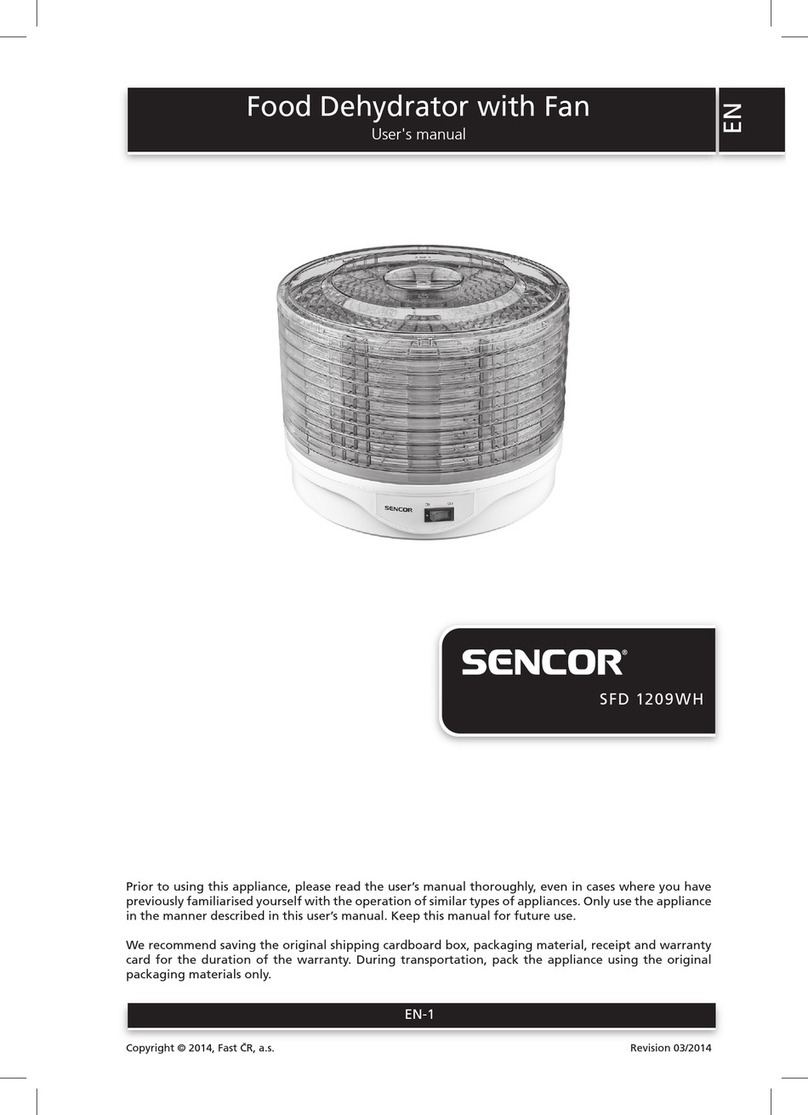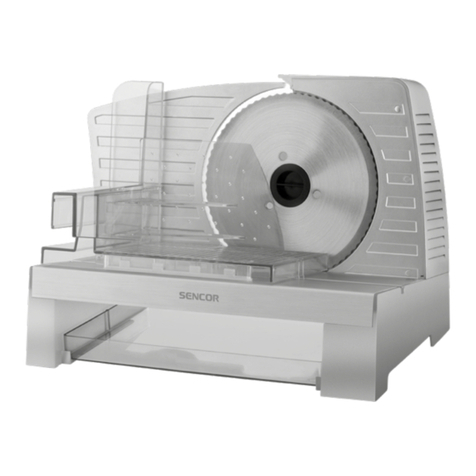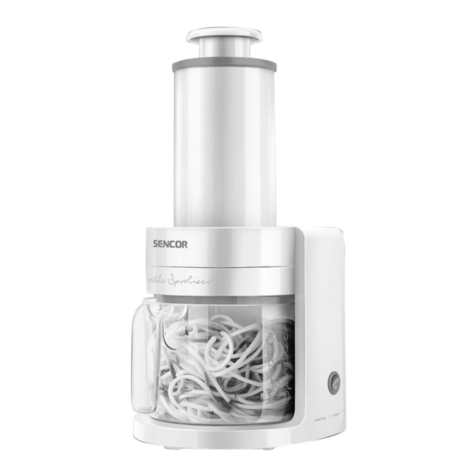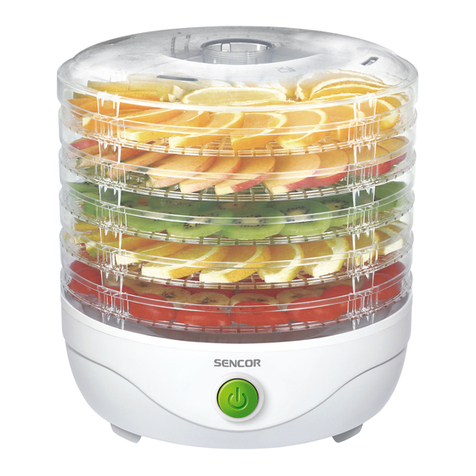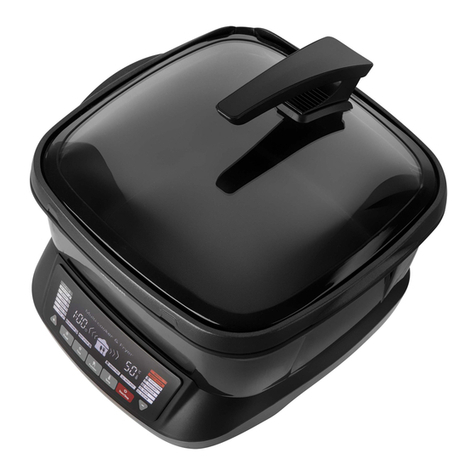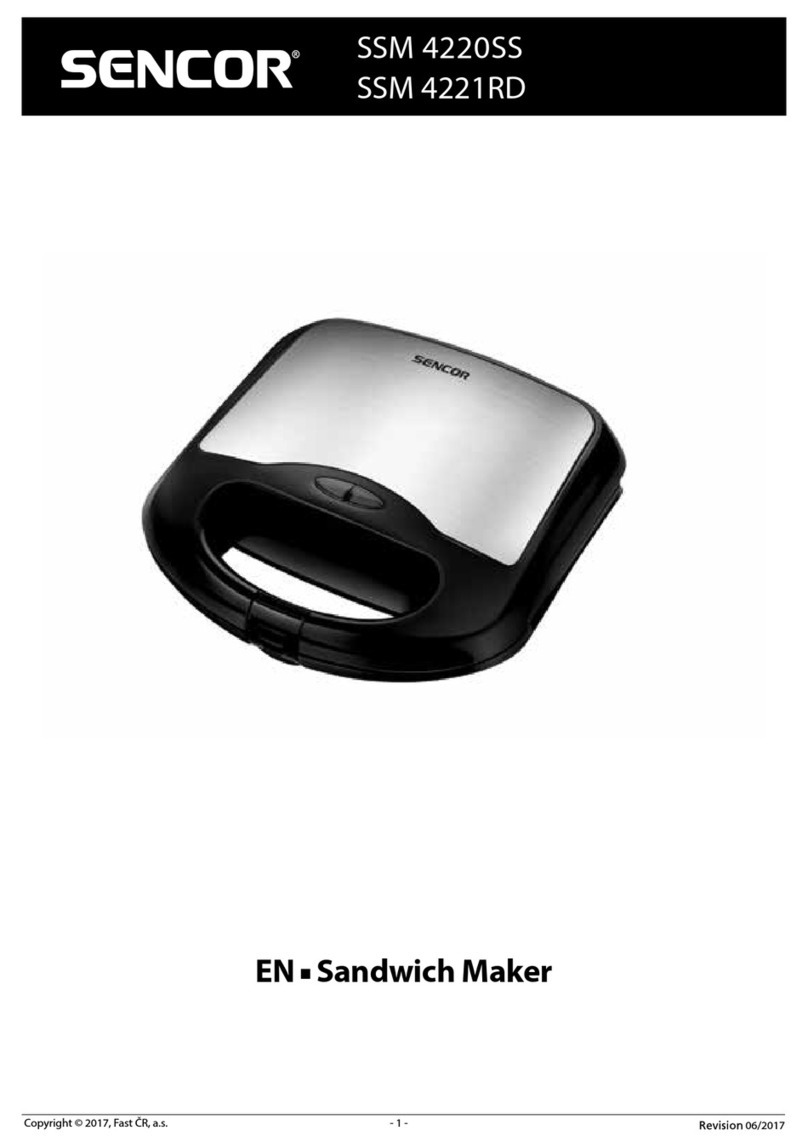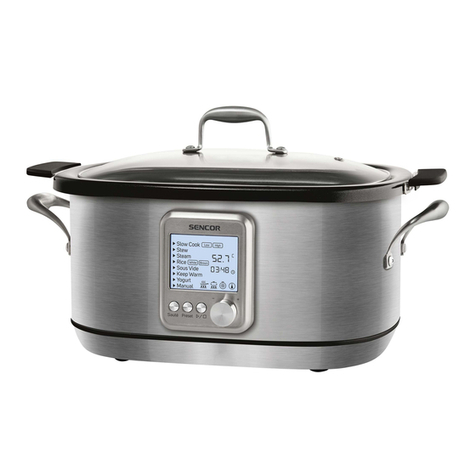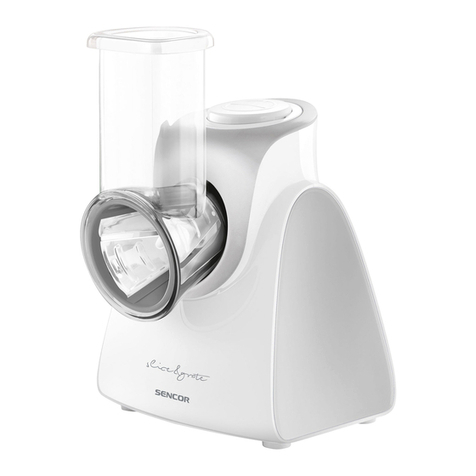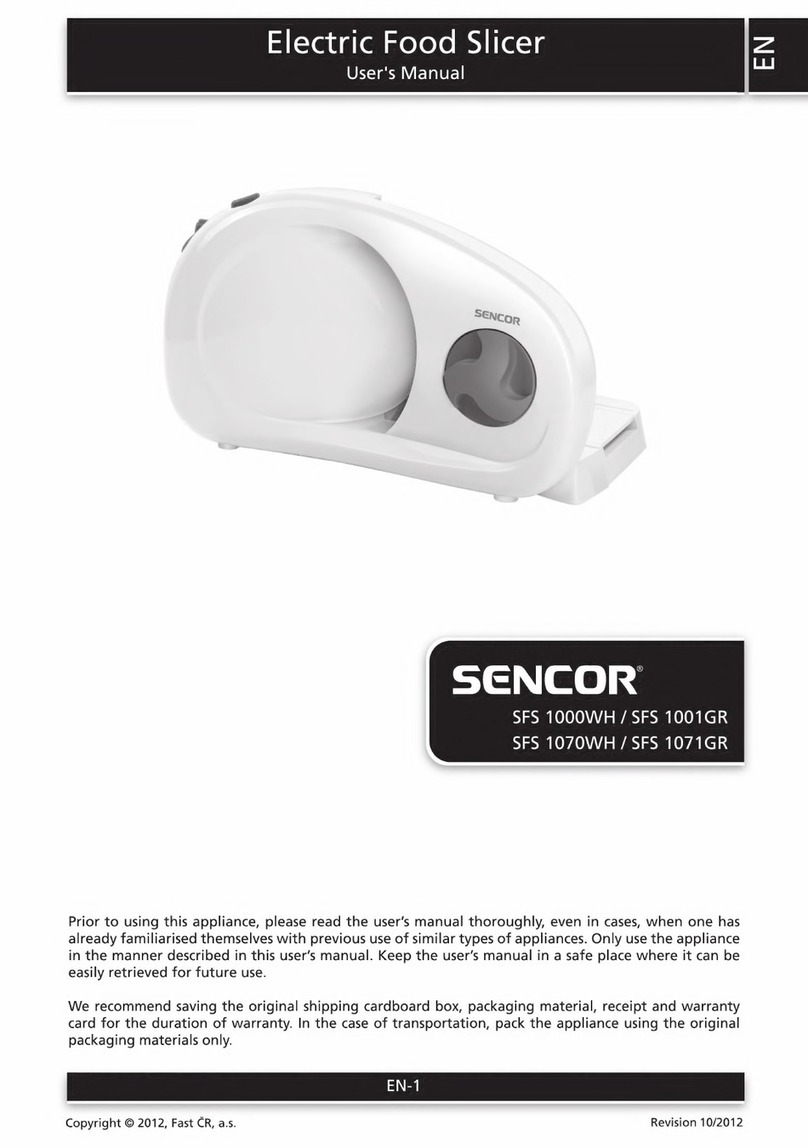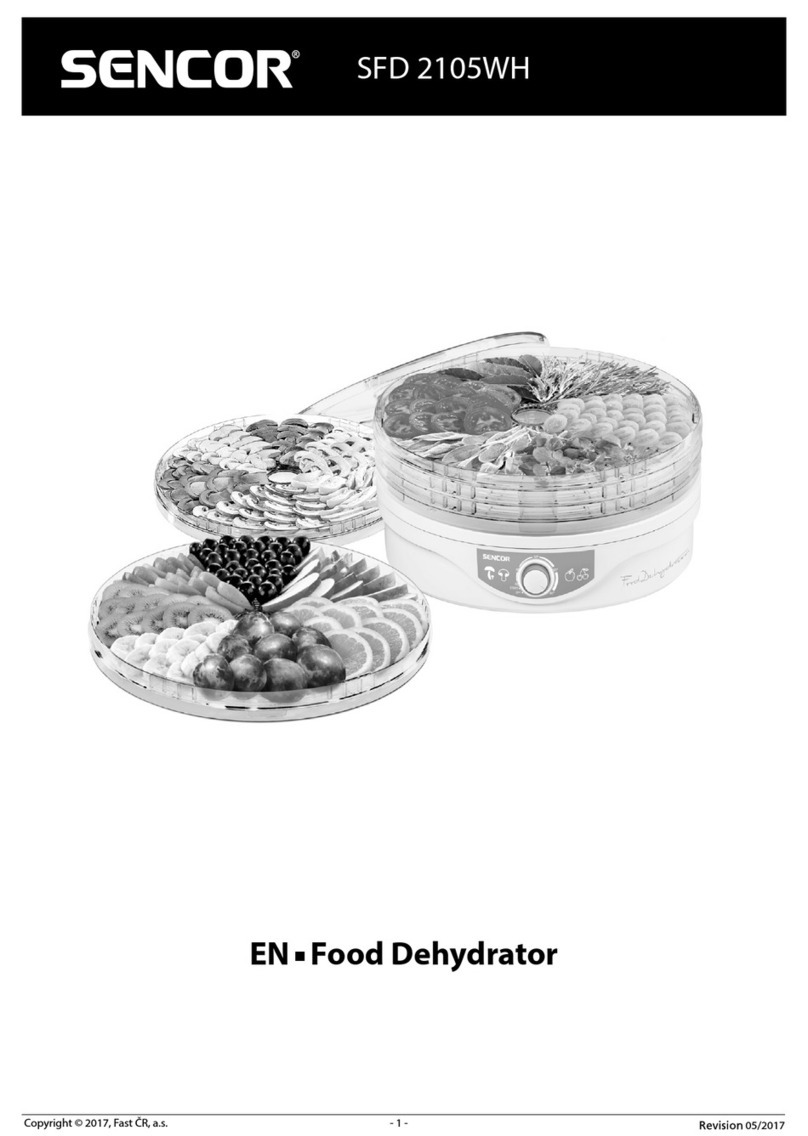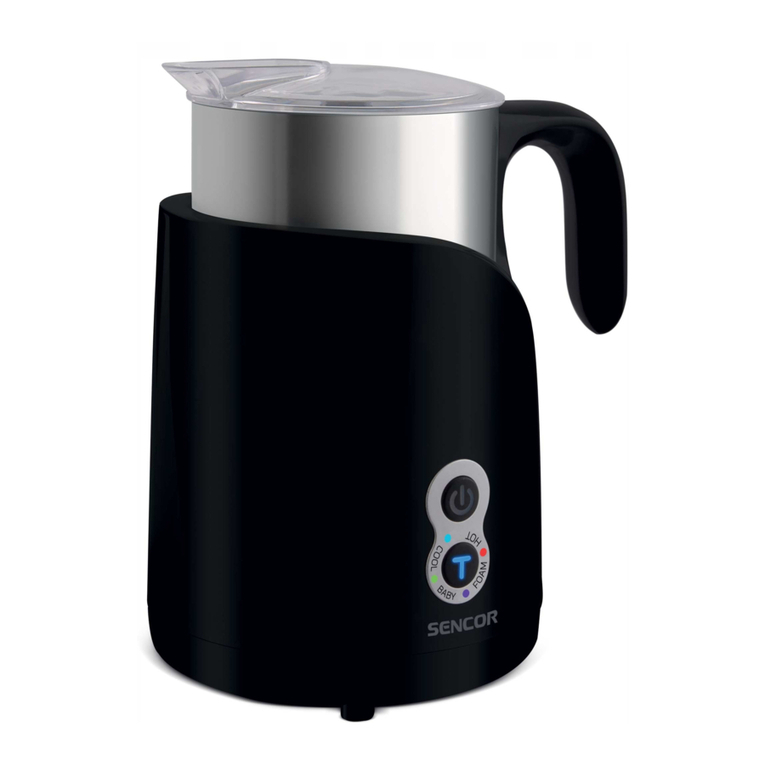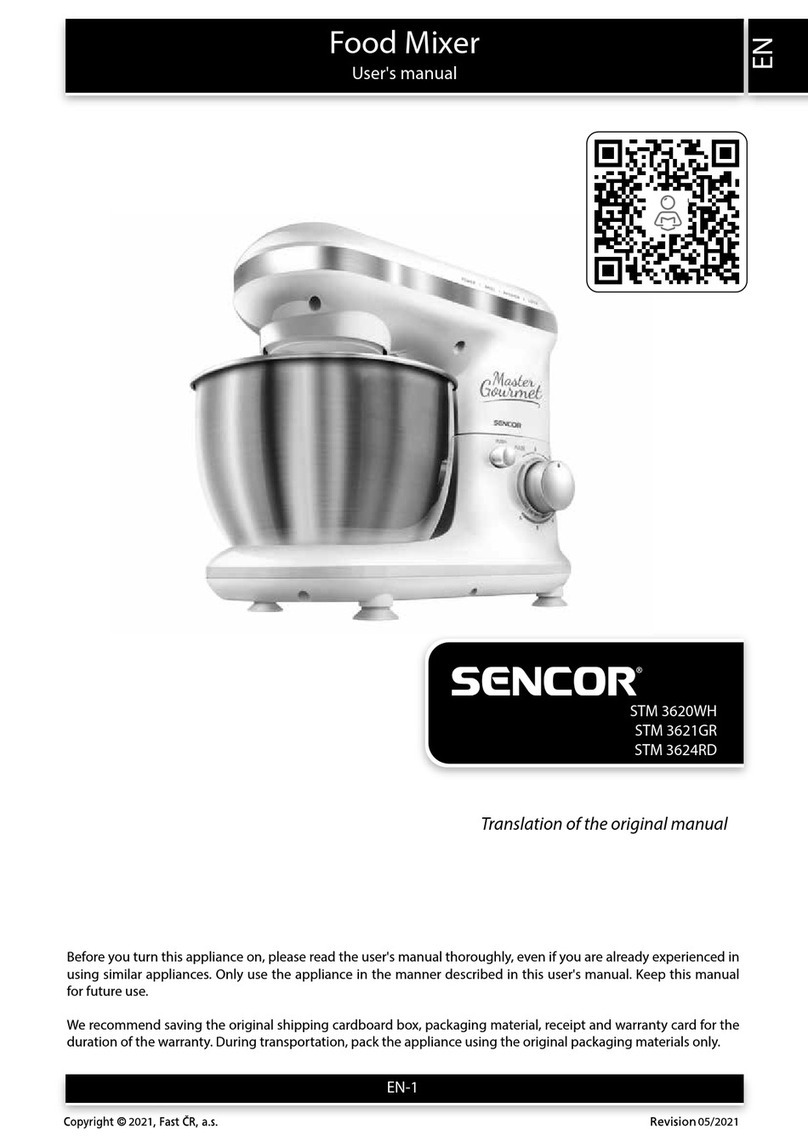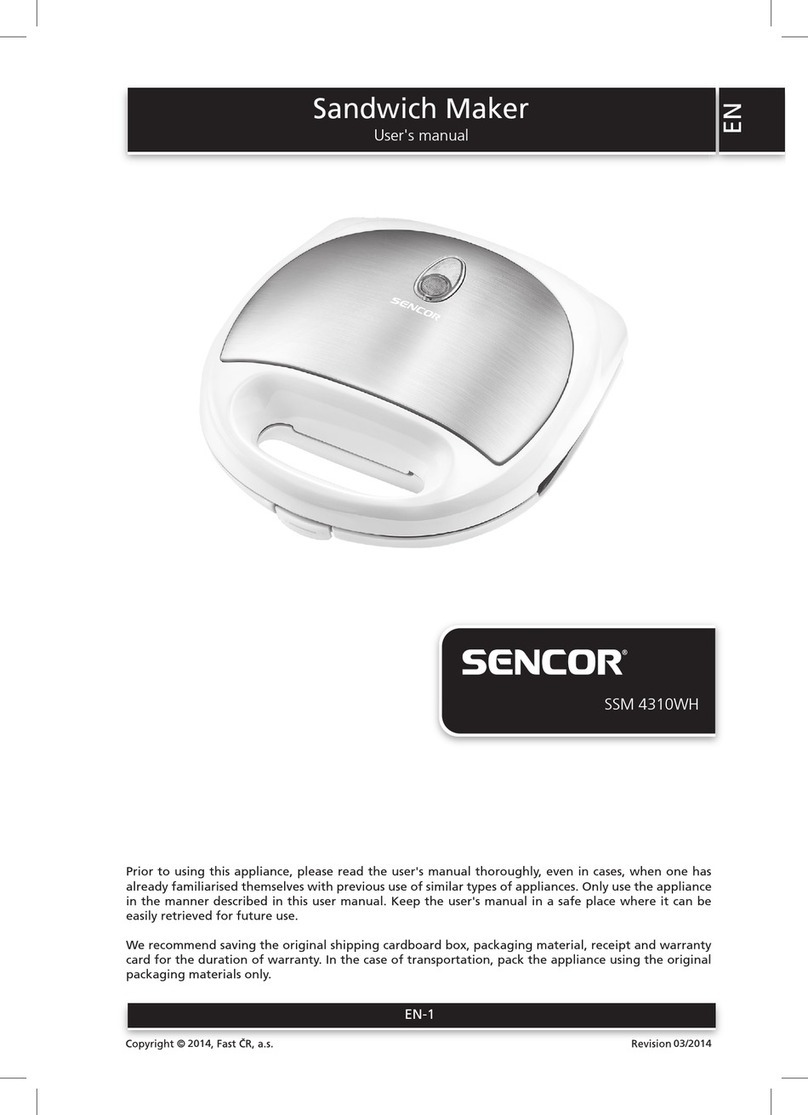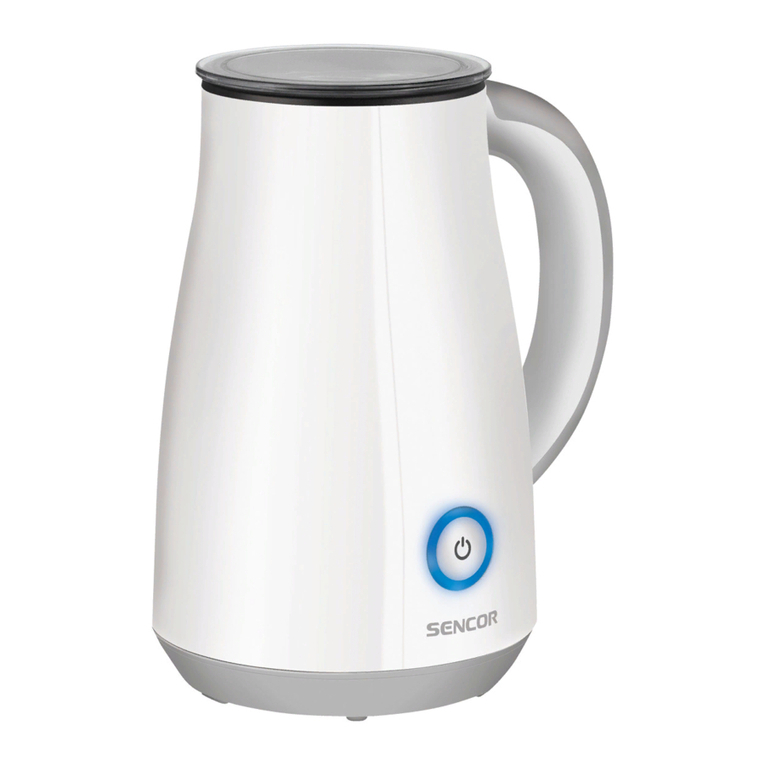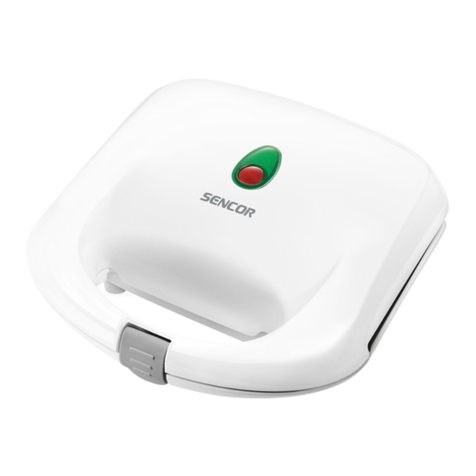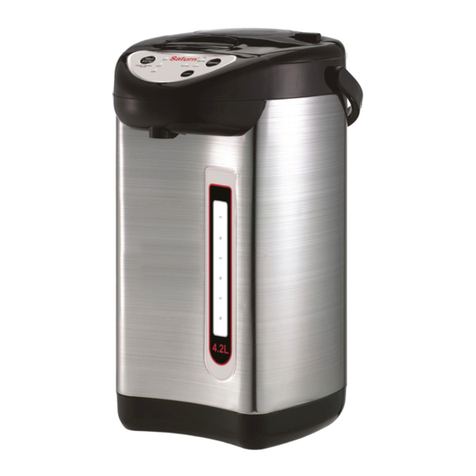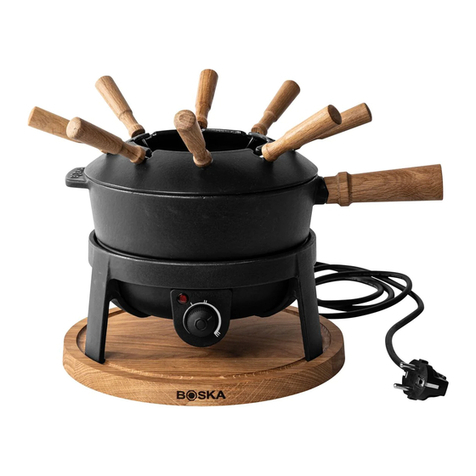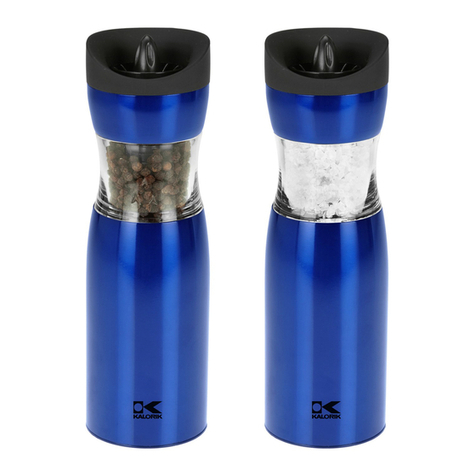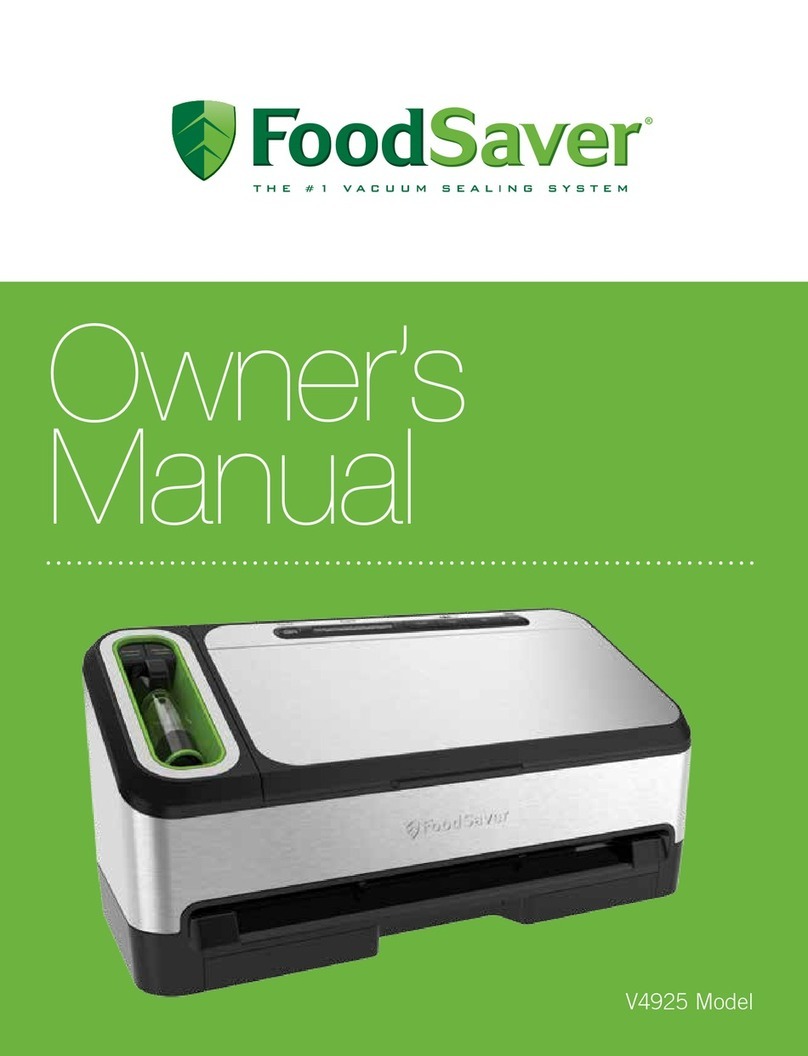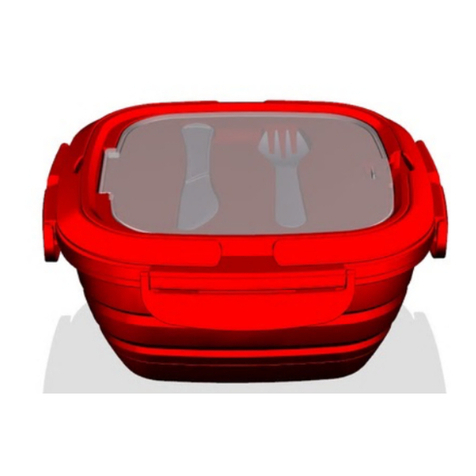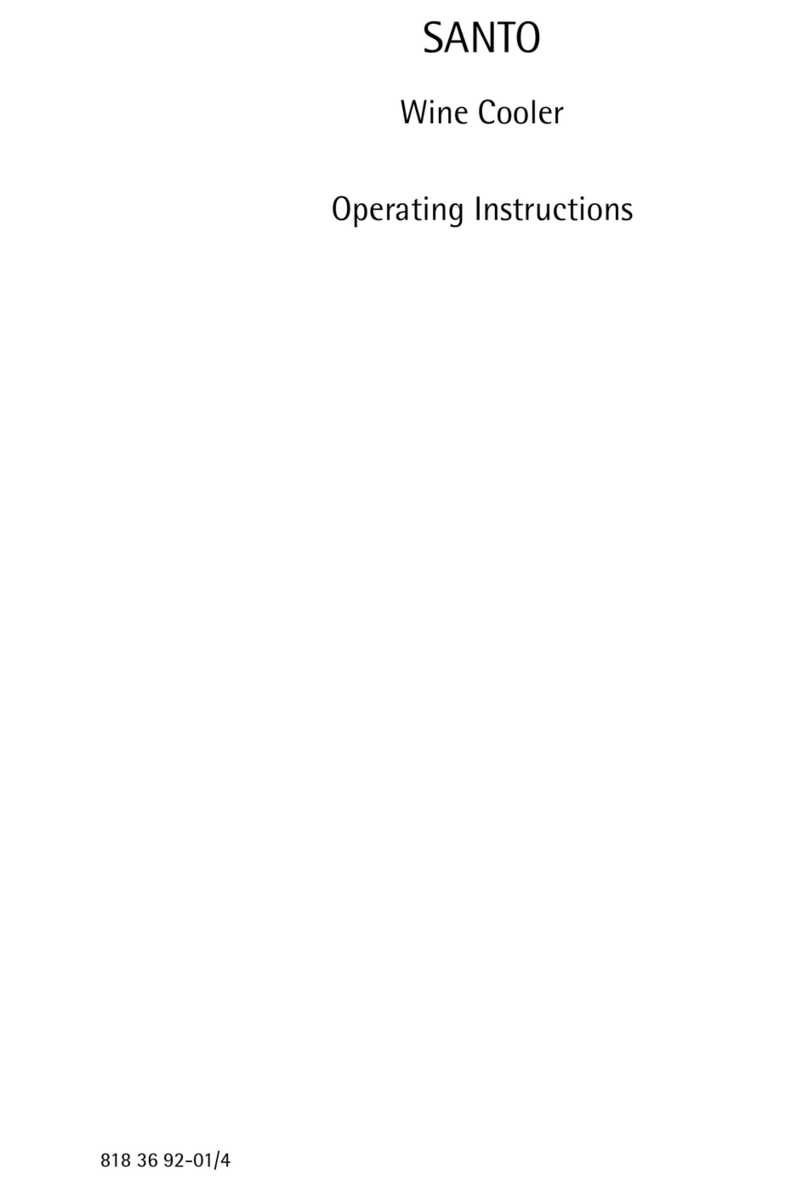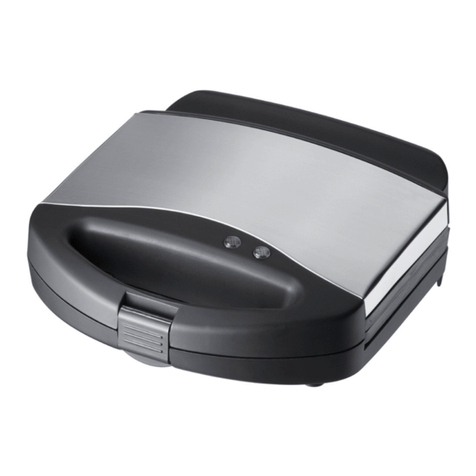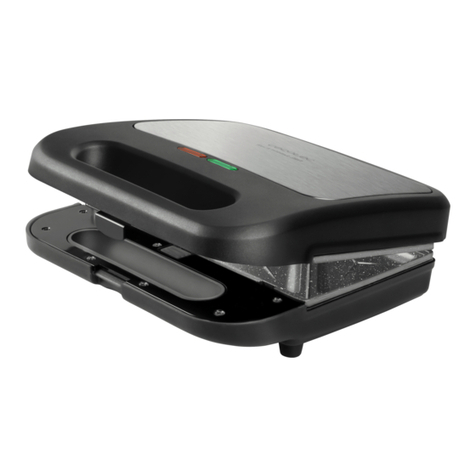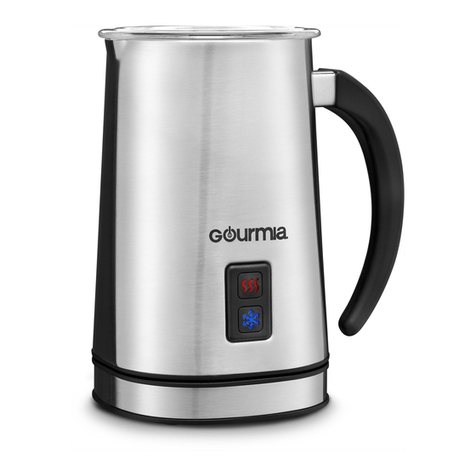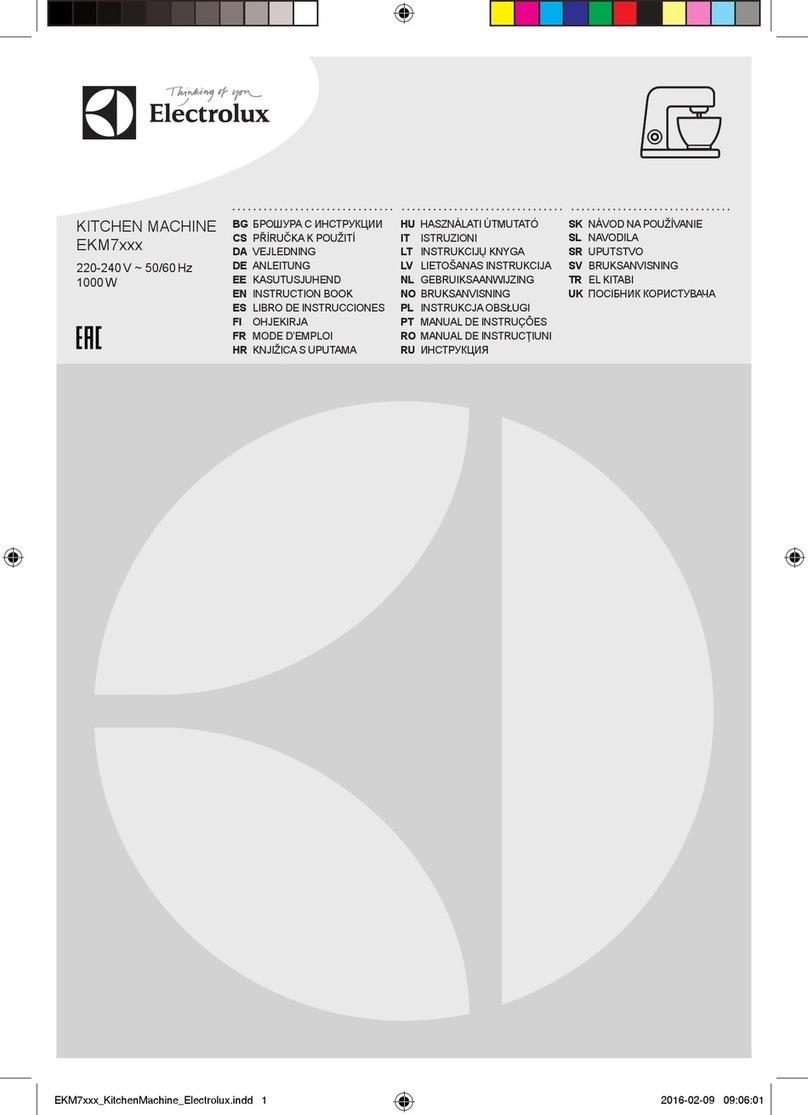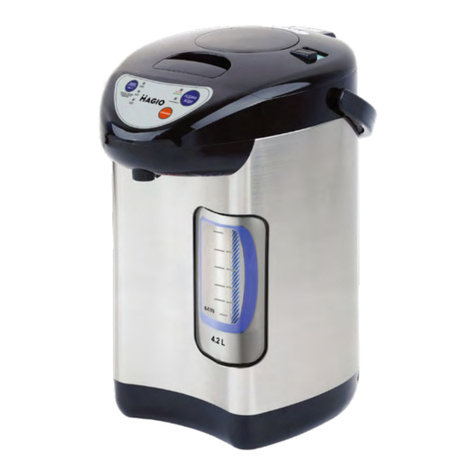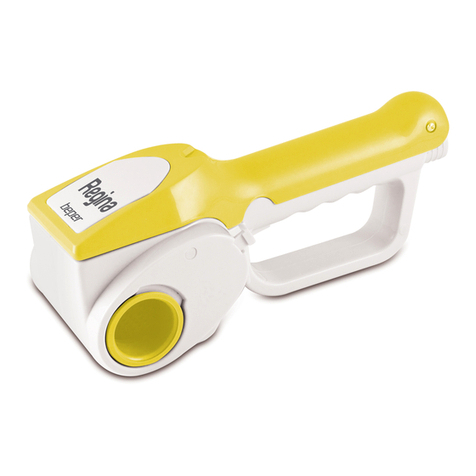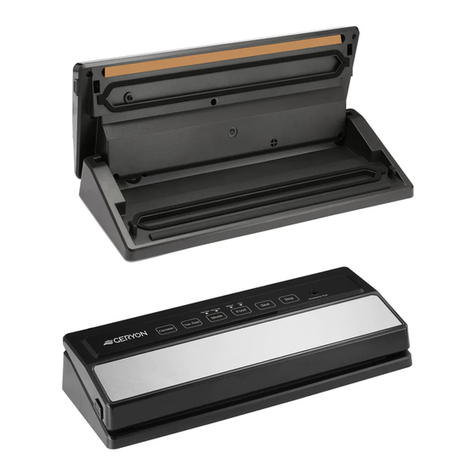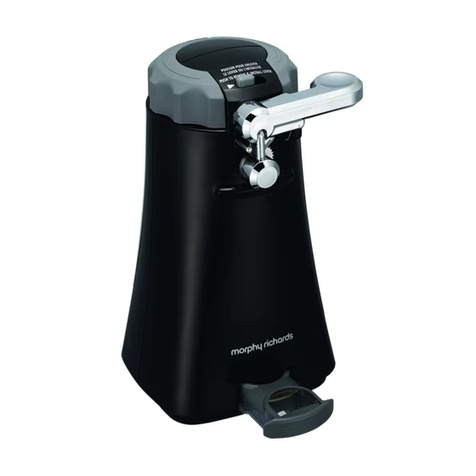EN-6
EN
Food Dehydrator
SFD 1309BK
Copyright © 2014, Fast ČR, a.s. Revision 03/2014
Fruit may be dipped in one of the following:
• Pineapple or lemon juice as a natural alternative to other pretreatments to reduce browning. Slice
fruit directly into juice. Remove promptly (about 2 minutes) and place on trays. Fruits may also be
dipped in honey, spices, lime or orange juice, or sprinkled with coconut to give them a snappy dried
flavor. Use your imagination and make your own flavorful dip.
• Sodium Bisulfite: Ask for food safe, (USP) grade only. Dissolve 1 teaspoon of sodium bisulfite in one
quart of water. Prepare small amounts of fruit and dip for 2 minutes in the solution. This helps
prevent loss of Vitamin C and maintains a bright color. Sodium bisulfite may be obtained from
a local pharmacy.
• A solution of table salt.
• A solution of ascorbic acid or citric acid. Commercial antioxidant mixtures containing ascorbic acid
may also be used, but often are not as effective as pure ascorbic acid.
Fruits may be steam-blanched. However, blanched fruits may turn soft and become difficult to handle.
Syrup blanching may help retain the color of apples, apricots, figs, nectarines, peaches, pears and
plums. A sweetened candied product will result.
Fruits with tough skins (grapes, prunes and small dark plums, cherries, figs and some berries) may be
water-blanched to crack the skins. This will allow moisture inside to surface more readily during drying.
Before drying pretreated food, remove any excess moisture by placing the food on paper towels or
clean cloths. Drying trays should be loaded with a thin layer of food as directed. If needed, clean
cheesecloth can be spread on the trays to prevent food pieces from sticking or falling through.
The amount of food being dried at one time should not exceed roughly 3/4 of each tray‘s surface area
and a 1/4“ thick.
RECONSTITUTING FOODS
All dehydrated foods need to be reconstituted. Most fruits are actually preferable in their dried form.
Most vegetables, however, are most taste-tempting when reconstituted.
To reconstitute vegetables for cooking, merely wash product in clean water, then place in an amount of
cold, unsalted water and cover. Soak 2 to 8 hours, if possible, then cook in same water used for soaking.
Add more water if necessary. Bring product to a boil, then reduce heat to simmer just until done. Add
salt, if desired, at end of cooking time, as salt slows down the reconstitution process. As with fresh
products, overcooking will diminish flavor and texture. To reconstitute vegetables like carrots, soak in
ice water or soak in water in the refrigerator.
Dried foods can be reconstituted by soaking, cooking, or a combination of both and will resemble their
fresh counterparts after reconstitution. However, dried foods are unique and should not be expected to
resemble a fresh product in every respect.
Drying does not render the food free of bacteria, yeasts, and molds. Thus, spoilage could occur if soaking
is prolonged at room temperature. Refrigerate if soaking for longer than 1 to 2 hours.
To conserve nutritive value, use the liquid remaining after soaking and cooking as part of the water
needed in recipes.
One cup of dried vegetables reconstitutes to about 2 cups. To replace the moisture removed from
most vegetables, barely cover them with cold water and soak 20 minutes to 2 hours. Cover greens with
boiling water. To cook, bring simmer until done.
